The Language of Lace: From Chantilly to Leavers, How Different Lace Types Express Style in Premium Lingerie Design?
The allure of lace in lingerie design is undeniable, but faced with countless varieties, do you find yourself overwhelmed? Choosing the wrong lace not only wastes resources but robs your product of its intended charm and quality perception.
Lace is far more than mere decoration—it's the soul of lingerie expression. From delicate Chantilly to luxurious Leavers, each lace type possesses unique manufacturing techniques, textural characteristics, and stylistic expressions. Understanding these differences is crucial for designing exceptional lingerie products.
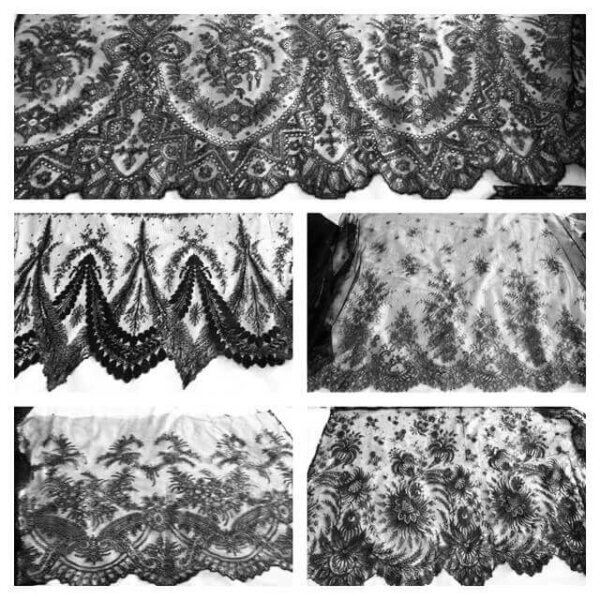
Learning the language of lace is like mastering an art form. In my 30 years in the lingerie manufacturing industry, I've seen how designers who truly understand lace create products that genuinely resonate with consumers. Today, I'll guide you through the world of different laces and reveal how to apply them effectively in premium lingerie design.
What Is True Lace? Debunking Common Misconceptions and Understanding Basics?
I need to clear up a common misconception first: not all transparent patterned fabrics are lace. True lace is an open-weave fabric created by twisting or knotting threads together, not simply embroidering on sheer fabric.
Lace is a fabric made by creating an open-web pattern through specific techniques of thread manipulation. Its defining characteristics include transparency and intricate patterning. Based on production methods, lace falls into two main categories—handmade and machine-made—with numerous variations within each category.

In the lingerie industry, we primarily use machine-made lace, but understanding lace history and classification is essential for appreciating its value. Lace was once painstakingly created by hand by skilled artisans and held tremendous value in society, with different styles indicating one's social status. It has always been a luxury fabric—not necessarily because of expensive raw materials, but because of the extensive work required to create it.
How Are Different Types of Lace Made and What Makes Each Unique?
When I first started designing lingerie, I was amazed by how different lace types could completely transform a garment. The manufacturing process directly impacts the lace's appearance, feel, and price point.
Machine-made laces dominate today's lingerie market, with Raschel, Leavers, and Schiffli being the most common types. Raschel lace is produced quickly on modern machines and is widely used in affordable lingerie. Leavers lace, made on antique machines dating back to 1813, creates finer, more complex patterns found in luxury pieces. Schiffli embroidery, while technically not lace, creates lace-like patterns by stitching designs onto tulle.
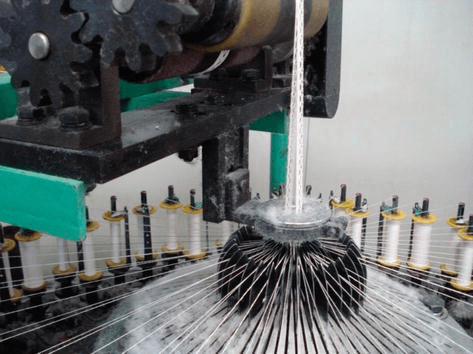
Raschel Lace: The Industry Workhorse
Raschel lace is the most common type you'll encounter in contemporary lingerie. Made on modern machines using Jacquard technology, it knits entire rows of thread loops simultaneously. This efficient production method makes it ideal for mass-market lingerie.
I've found Raschel lace to be incredibly versatile in our factory production. It works exceptionally well with synthetic fibers like nylon, creating durable yet attractive designs. The patterns tend to be less intricate than other lace types, but modern technology has significantly improved their visual appeal.
Raschel lace typically costs 30-50% less than premium laces, making it perfect for mid-range lingerie lines where balancing aesthetics and affordability is crucial. Its strength and elasticity also make it suitable for everyday wear pieces that need to withstand regular washing and wearing.
Leavers Lace: The Luxury Standard
Leavers lace represents the pinnacle of machine-made lace. Despite being produced on antique machines dating back to 1813, it remains the gold standard for high-end lingerie. Originally centered in Nottingham, England, most Leavers lace production has shifted to Calais, France, where it's often marketed as "Dentelle de Calais."
The extraordinary quality of Leavers lace comes from its production process. These machines can incorporate up to 14,000 threads simultaneously, creating incredibly fine and complex patterns that closely resemble handmade lace. The delicate nature of these machines requires skilled operators who undergo years of training.
Chantilly lace, a specific type of Leavers lace, features patterns that appear to "float" on a fine net background. Each design element must be hand-clipped at the beginning and end, adding to its labor-intensive nature and cost. When I use Chantilly lace in our premium collections, the price increases significantly, but the ethereal, romantic quality it brings is unmatched.
| Lace Type | Production Method | Characteristics | Price Range | Best For |
|---|---|---|---|---|
| Raschel | Modern Jacquard machines | Durable, good with synthetics, less intricate | $-$$ | Everyday lingerie, mass market |
| Leavers | Antique machines (circa 1813) | Extremely fine, complex patterns, delicate | $$$-$$$$ | Luxury lingerie, bridal |
| Chantilly | Leavers machines with hand-clipping | Floating patterns on fine net, ethereal | $$$$ | High-end romantic pieces |
| Guipure | Embroidery with dissolved backing | Substantial, textured, stands alone | $$$ | Statement pieces, structured designs |
What Are The Different Forms of Lace and How Do They Impact Design Possibilities?
The form of lace—how it's structured and finished—dramatically influences how we use it in lingerie design. I've learned that understanding these forms is just as important as knowing the lace types themselves.
Lace comes in various forms including all-over lace, trims, flounces, and galloons. All-over lace covers large areas like babydolls or robes. Trims are narrow and used for edging. Flounces feature different edges on each side (typically one scalloped, one straight). Galloons have identical scalloped edges on both sides, allowing for symmetrical cutting and reduced waste.
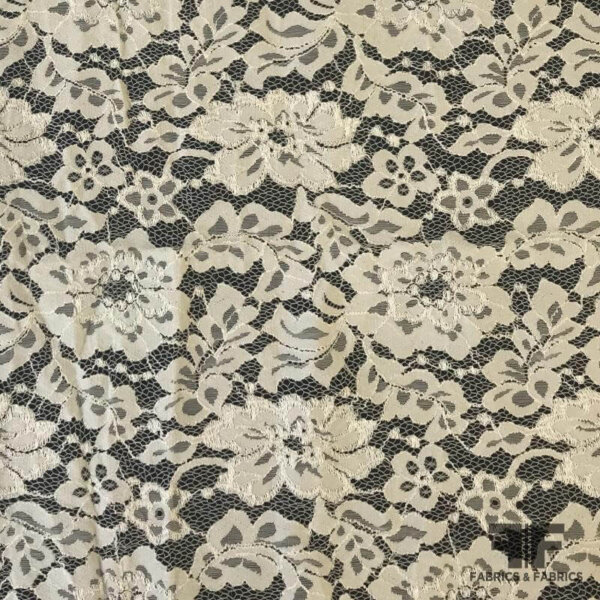
Strategic Use of Lace Forms for Cost-Effective Design
How we incorporate lace into designs significantly impacts production costs. When using scalloped edges along seams (like a bra cradle and wing), pattern pieces must be cut with overlap to maintain pattern continuity across seams. This technique creates a beautiful, seamless look but generates considerable waste.
In our factory, we've calculated that even 5cm of wasted lace per garment can translate to kilometers of waste in large production runs. With premium laces costing $30-50 per meter wholesale, this waste quickly adds up. For example, when we use hand-beaded French lace at $45 per meter, each 5cm of waste costs about $2.25 per garment—a significant expense when producing thousands of pieces.
To manage costs while maintaining aesthetics, we often combine all-over lace with matching trims. This approach creates a similar visual effect but reduces waste and cost. Another strategy is using galloon lace, which allows for more efficient cutting due to its symmetrical scalloped edges on both sides.
How Do Different Lace Types Create Distinct Aesthetic Effects in Lingerie?
Each lace type evokes a specific mood and style, making lace selection crucial to achieving your design vision. I've found that understanding these aesthetic qualities helps create more cohesive and emotionally resonant collections.
Chantilly lace creates a romantic, ethereal effect with its delicate, floating patterns—perfect for bridal and feminine designs. Guipure lace offers bold, textural impact ideal for making strong style statements. Raschel lace with geometric patterns creates modern, youthful looks, while embellished laces with beading or cording add luxury and dimension to special occasion pieces.
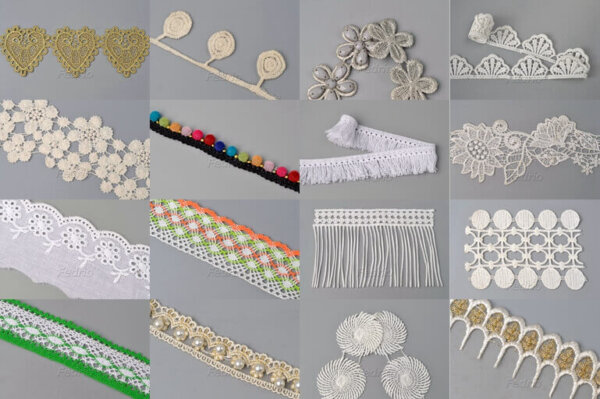
Creating Emotional Connections Through Lace Selection
In my experience developing collections for HAVING, I've noticed how different laces trigger distinct emotional responses from consumers. Chantilly lace with floral patterns evokes romance and femininity, making it perfect for bridal collections or Valentine's Day releases. Its delicate nature creates an impression of fragility and preciousness.
Guipure lace, with its substantial texture and bold patterns, projects confidence and makes a stronger statement. We often use it in pieces designed for special occasions or when we want to create visually impactful designs that photograph well for marketing campaigns.
For our younger demographic lines, we frequently choose Raschel laces with geometric patterns that feel more contemporary and less traditional. These designs appeal to customers looking for modern interpretations of lingerie that break from conventional floral motifs.
The emotional resonance of lace extends beyond visual appeal—it affects how customers perceive quality and value. In consumer testing, we've found that even when unable to identify specific lace types, customers consistently rank items with Leavers lace as feeling more luxurious and worth a premium price.
How Can You Maximize the Impact of Lace Through Strategic Application Techniques?
The way lace is applied to a garment can dramatically enhance its perceived value and visual impact. I've developed several techniques that elevate our designs without always requiring the most expensive materials.
Strategic lace application techniques include appliqué, strategic placement, layering, and combining with complementary materials. Appliqué involves attaching lace motifs to create floating designs. Strategic placement uses small amounts of premium lace in high-visibility areas. Layering different laces creates depth, while pairing lace with silk or satin enhances its beauty through contrast.
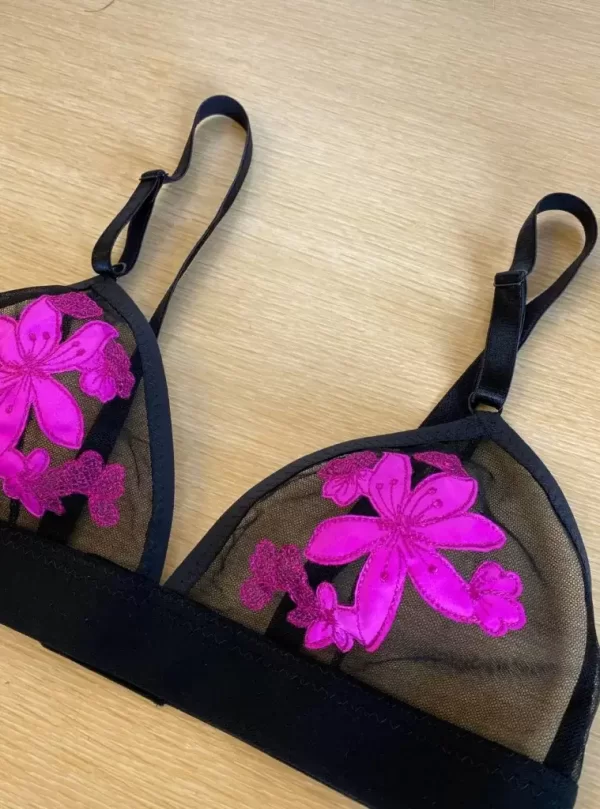
The Art of Lace Appliqué
Lace appliqué represents one of the most labor-intensive but visually stunning techniques in lingerie design. This method involves cutting individual motifs from lace fabric and attaching them to the base material, creating the illusion of lace elements "floating" on the garment.
In our premium collections, we use two approaches to appliqué. For mid-range pieces, we use pre-cut guipure motifs strategically placed and machine-stitched along their edges. For luxury items, we hand-cut motifs from Chantilly lace and meticulously hand-stitch them using nearly invisible techniques.
The labor cost for hand appliqué is substantial—a bra featuring extensive hand appliqué can require 3-5 hours of skilled handwork. However, the result is a piece with unparalleled visual sophistication that justifies a premium price point. We've found that strategic placement of just a few appliqué elements can create nearly the same visual impact as all-over application while significantly reducing labor costs.
Combining Lace with Complementary Materials
One of my favorite techniques is pairing lace with materials that enhance its beauty through contrast. Silk satin provides a luminous background that makes lace patterns pop, while stretch mesh creates a modern, lightweight feel that appeals to younger consumers.
In our best-selling collections, we often use a technique I call "lace framing"—using narrow bands of premium lace to outline panels of less expensive but luxurious materials like silk. This approach maximizes the visual impact of expensive lace while keeping material costs manageable.
Another effective technique is layering different lace types to create depth and visual interest. By placing a delicate Chantilly lace over a contrasting color base, the pattern becomes more pronounced. This technique allows us to use less expensive base laces while still achieving a premium look.
Conclusion
Understanding the language of lace—from production methods to application techniques—is essential for creating lingerie that resonates with consumers on both aesthetic and emotional levels. By strategically selecting and applying different lace types, you can elevate your designs while managing production costs effectively.
